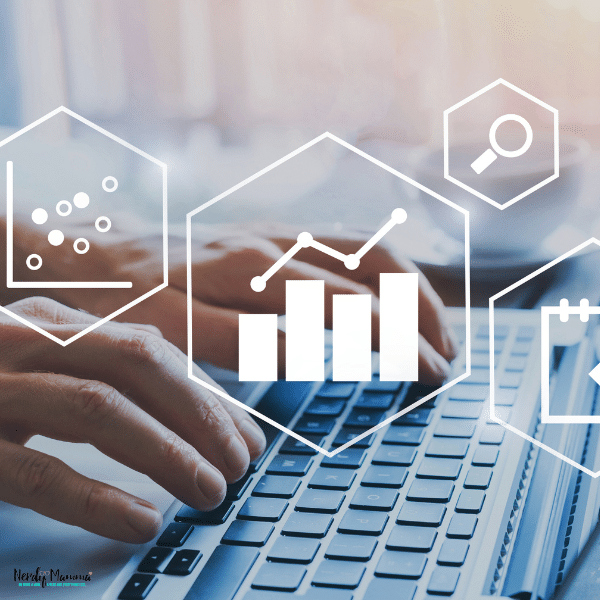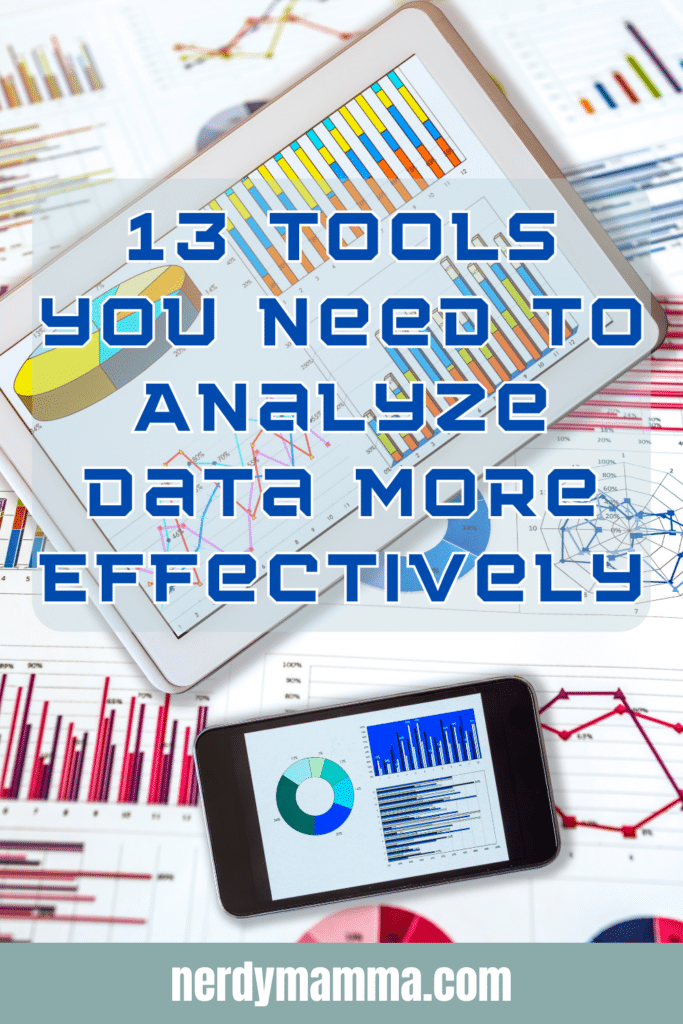Data is really important in the modern world. Being able to collect, and of course, analyze, data, is vital if you want to be able to succeed in the world of business and , of course, it can be used for all kinds of other things such as weight loss or academic study success too. So, you are going to want to have some key tools in your data analysis arsenal, right?

1. Excel
Starting with the OG, Microsoft Excel. This isn’t your grandma’s knitting spreadsheet. Excel is like the seasoned rock star of data analysis tools—it has been around the block and knows all the tricks. From pivot tables that let you pivot faster than a politician in a debate, to conditional formatting that highlights your data like a neon sign in Vegas, Excel does it all. And let’s not forget the formulas. Oh, the formulas! They’re like magical incantations that turn gibberish into actionable insights.
2. SQL
Next up for your business is SQL, or as I like to call it, the data whisperer. When your data sets are so big they have their own weather systems, that’s when SQL steps in. It’s like having a backstage pass to your database. SQL queries allow you to retrieve exactly what you need. No more, no less. Want to find out who your best customers are and what they love? SQL is your private detective.
3. Python
Then there’s Python, which, despite its name, won’t bite you. In fact, it’s one of the friendliest programming languages for data analysis. Why? Libraries like Pandas, NumPy, and SciPy make manipulating data as easy as pie (and not the math kind). Whether you’re performing complex calculations, creating beautiful visualizations, or training a machine learning model to predict your coffee needs, Python is like the multi-tool in your data analysis belt.
4. Tableau
Moving on to the Picasso of data tools, Tableau. This tool takes your heaps of data and turns them into visually stunning graphs and dashboards that even the least data-savvy in your team can understand. It’s like turning your data into a gallery exhibit that tells a story at a glance. If a picture is worth a thousand words, a Tableau dashboard is worth a million data points.
5. Apryse webviewer
Amidst the flashy tools, let’s not overlook the neglected hero: Apryse webviewer. Yes, you heard that right. When distributing your beautifully analyzed data, you want it to be accessible and interactive. PDFs with layers allow you to embed multiple layers of data into a single document. This means you can provide stakeholders with not just static images but interactive reports where they can toggle different views and insights. It’s like giving them a treasure map where X marks the spot on multiple layers.
6. R
Ah, R—the tool that statisticians whisper sweet nothings to. R is perfect for more advanced statistical analysis that makes Excel sweat. Forecasting, hypothesis testing, and all other manner of statistical wizardry are where R shines. It’s like having a math genius in your tool belt, ready to tackle data problems with precision and a hint of elegance.
7. Power BI
Can’t forget about Microsoft Power BI, which plays well with your existing Office tools (looking at you, Excel). It helps you pull data from various sources and create dashboards that update in real-time. It’s like having a live data concert where every chart and graph performs at its best, giving you and your team insights on the fly.

8. Zapier
Lastly, for the sorcerers who prefer to automate their mundane tasks, Zapier is the magic wand you need. It connects your favorite apps and automates workflows. Data needs to move from your email to a spreadsheet? Zapier zaps it over without you lifting a finger. It’s like having an assistant who’s always on, minus the coffee breaks.
9. Google Analytics
For those with a stake in the digital realm, Google Analytics is a must-have. This tool isn’t just about counting website hits; it’s about understanding visitor behavior, traffic sources, content engagement, and conversion metrics. It’s like having a microscope focused on your digital presence, giving you insights that help tweak your online strategies for optimum performance. Tailor your web content based on what resonates most with your audience and watch as your engagement metrics soar like an eagle.
10. Jupyter Notebooks
Jupyter Notebooks provide an interactive environment where you can write and run code, add annotations, and visualize data all in one place. It supports several programming languages like Python and R, making it versatile and powerful. Think of it as your digital lab notebook where you can concoct, record, and share your data experiments. It’s particularly handy for collaborative projects and educational purposes, making your data analysis efforts transparent and reproducible.
11. GitHub
When your data analysis projects involve teamwork, GitHub is the collaboration hub you need. It’s not just for software developers; data analysts use it to manage projects, share code, and track changes. GitHub ensures that everyone on the team is on the same page, or commit, so to speak. It’s like having a communal garden for your projects, where everyone can contribute, prune, and harvest the fruits of collective labor.
12. Apache Kafka: The Data Streaming Platform
For those dealing with real-time data streams, Apache Kafka is indispensable. It’s designed to handle vast amounts of data that come in at lightning speed, providing a robust infrastructure to process and analyze data in real-time. Imagine being able to capture, process, and make decisions on data the moment it’s generated, like tracking customer interactions on your website and immediately tailoring user experiences.
13. DataRobot: The AI-Driven Analyst
If you’re looking to incorporate machine learning into your data analysis without becoming an expert in the field, DataRobot offers a user-friendly platform. It automates the process of building, deploying, and maintaining machine learning models, making advanced data predictions accessible to analysts of all skill levels. It’s like having a crystal ball, but one that’s powered by AI and big data.

If you’re enthusiastic about data, and you want to ensure that you can analyze the insights you collect so that they really are insightful, then you need these tools in your life, no ifs or buts!
